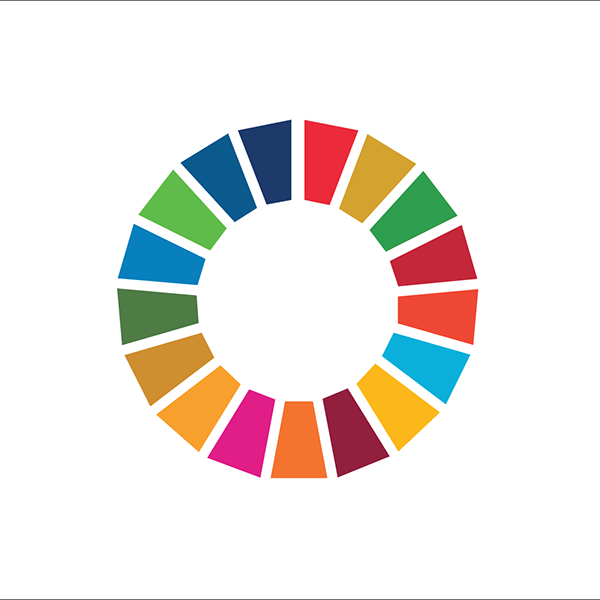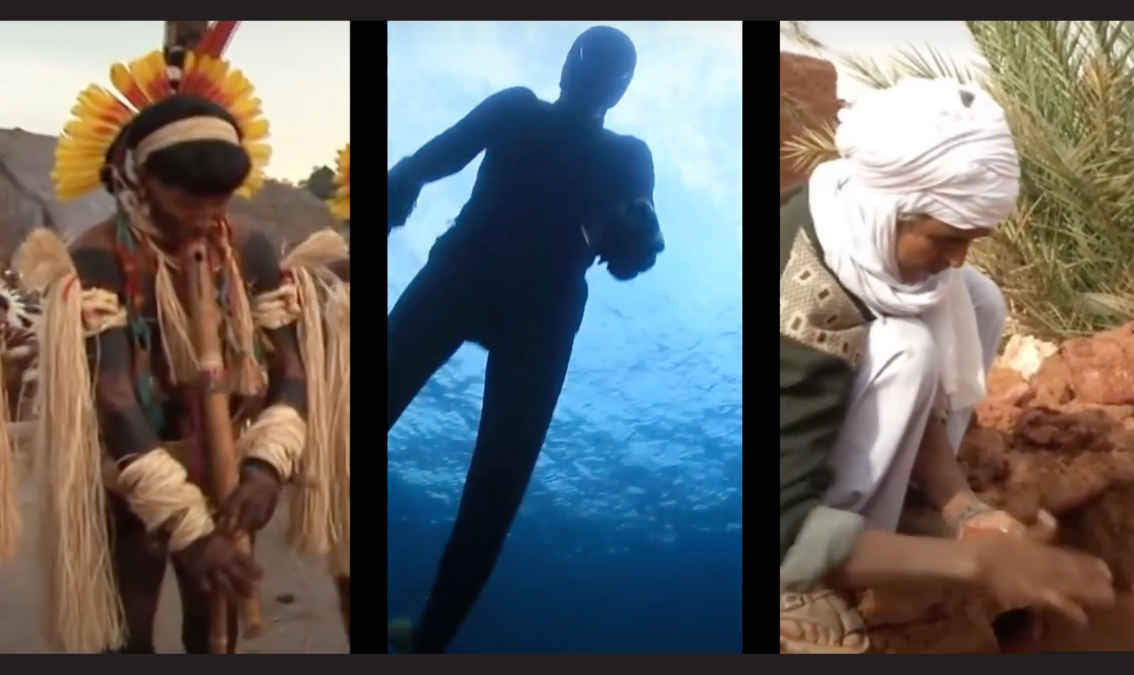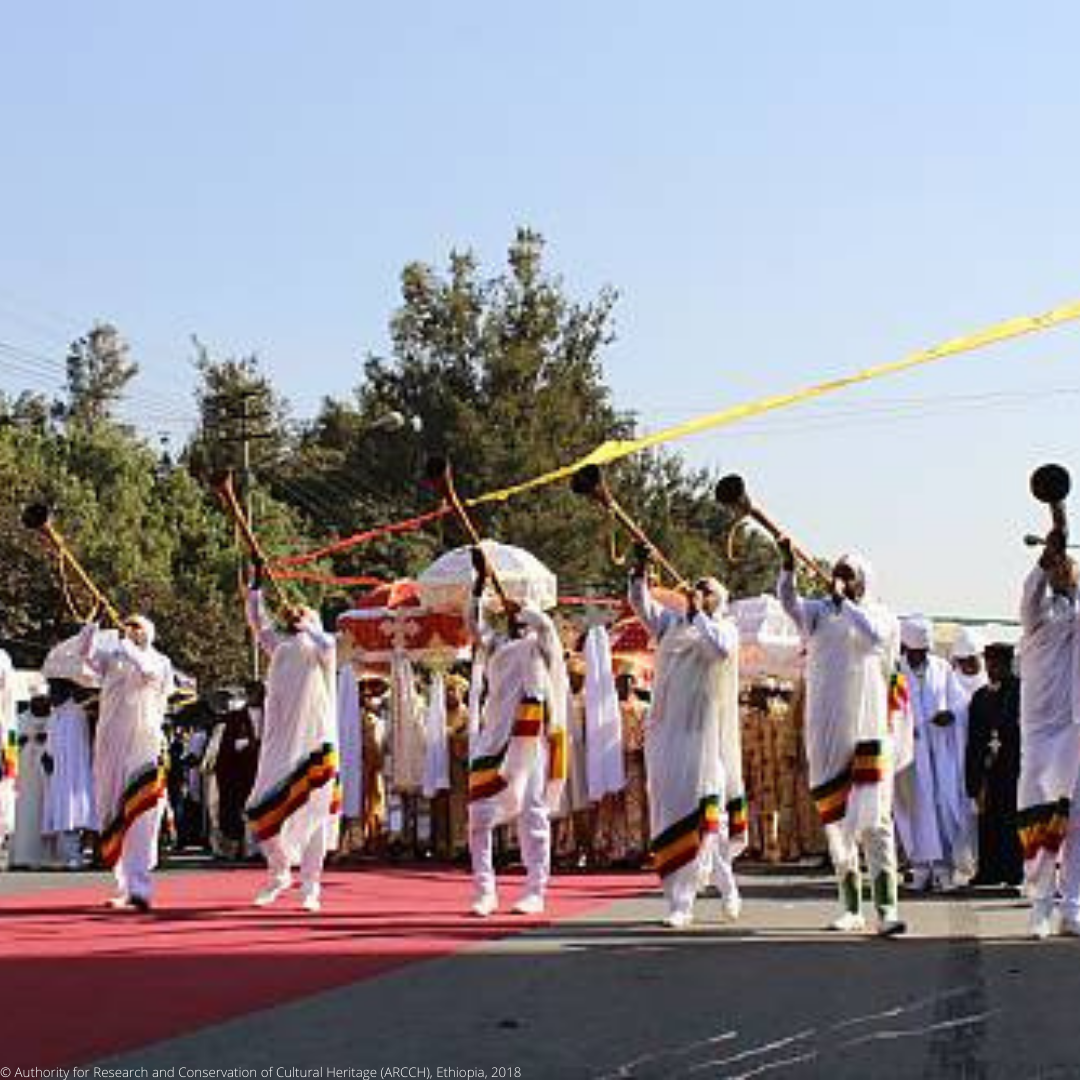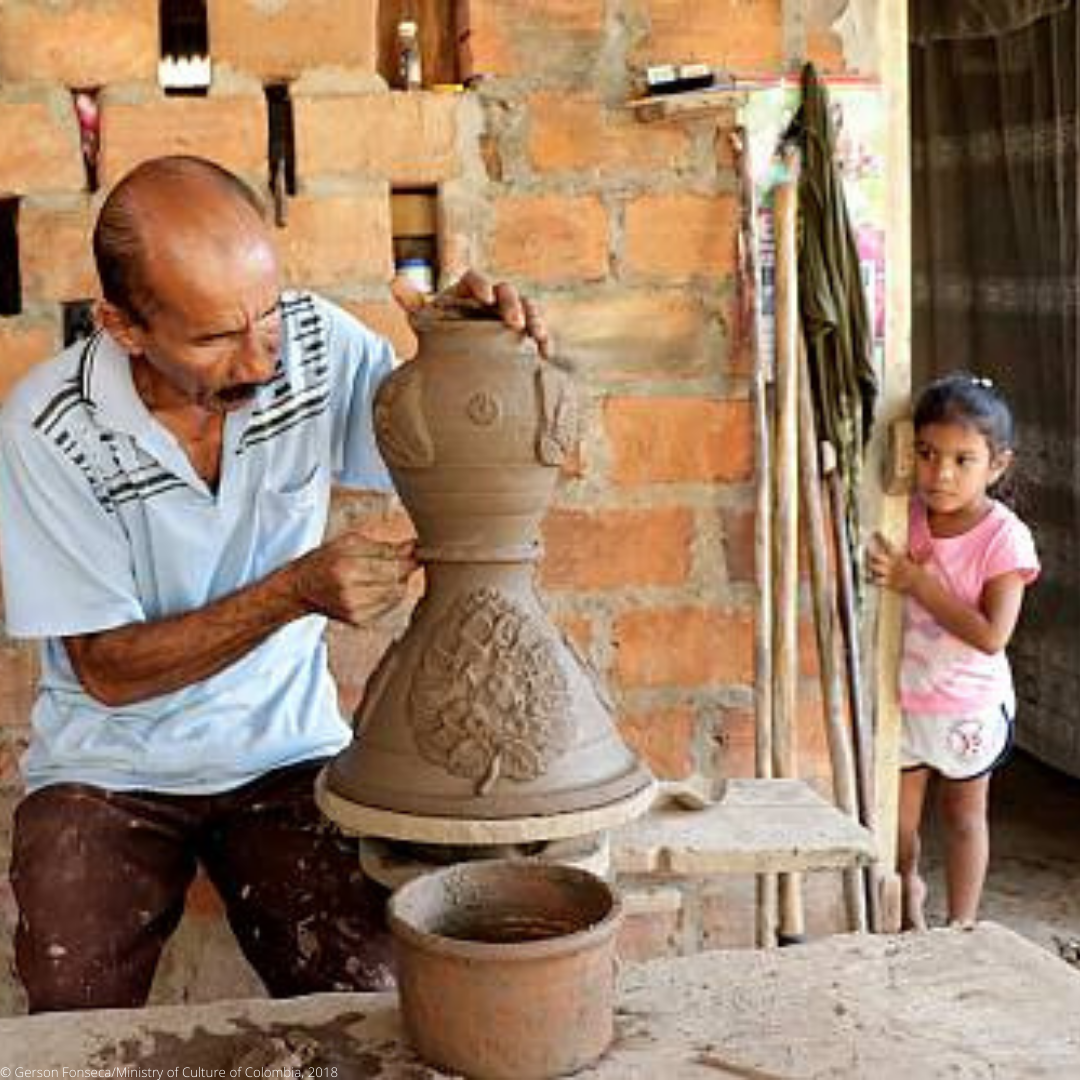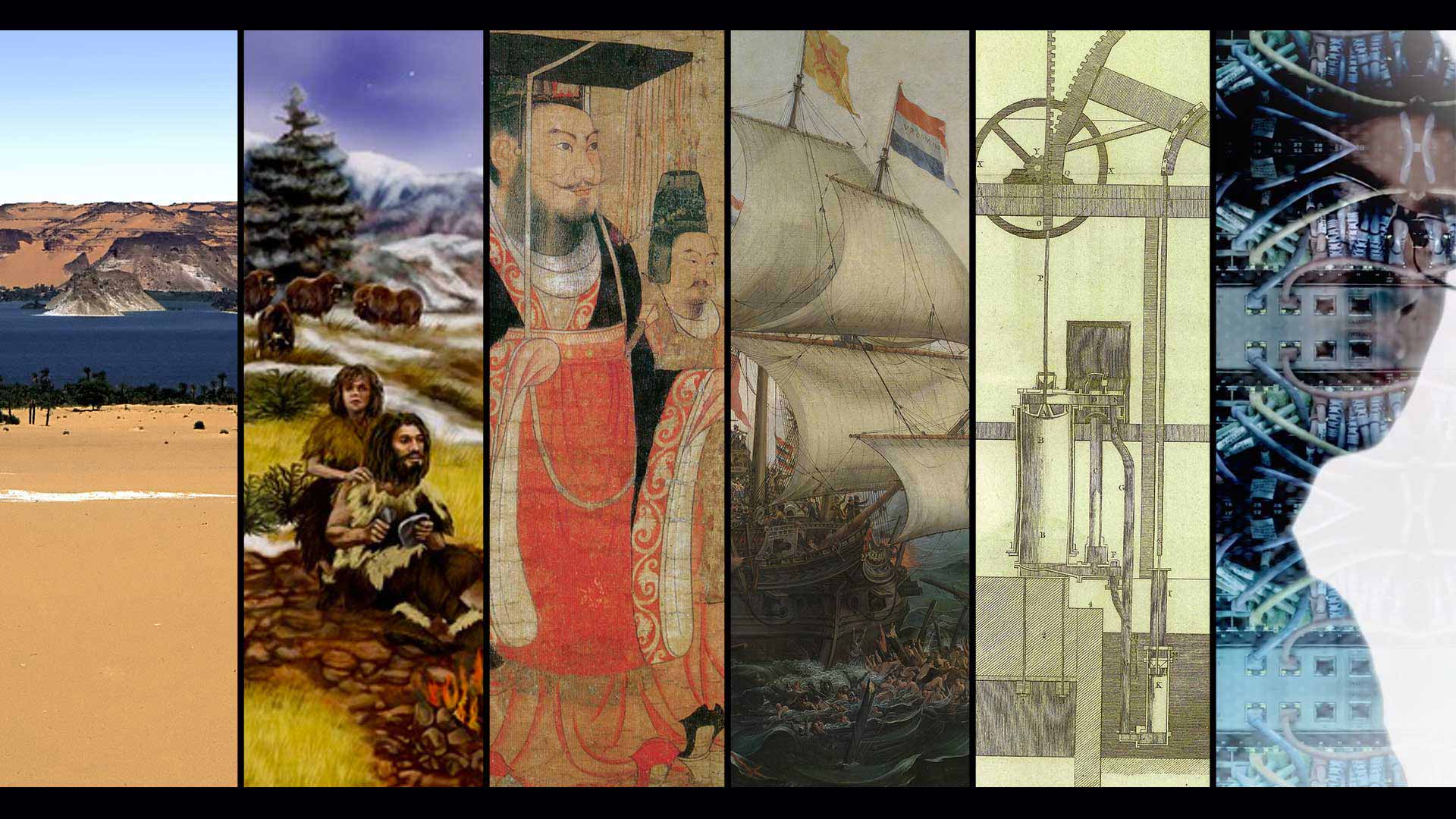How is intangible cultural heritage – or ‘living heritage’ – related to sustainable development? How is it relevant for addressing today’s development challenges in areas such as health, education, gender, natural disasters and conflict? Why is it important to keep this heritage alive? Communities around the world are transmitting their living heritage, which gives meaning to their lives, strengthens resilience, and contributes to their well-being. In this way intangible cultural heritage and sustainable development are closely linked. The international community made a commitment to safeguarding living heritage when it adopted the Convention for the Safeguarding of the Intangible Cultural Heritage in 2003 and it set itself ambitious goals by adopting the 2030 Agenda for Sustainable Development. This course helps to understand the connections between the two.
By taking this course students and other interested learners and professionals will gain a better understanding of intangible cultural heritage and its relationships with sustainable development, exploring examples and experiences of communities from around the world.
This MOOC was developed by UNESCO in collaboration with the International Information and Networking Centre in Asia and the Pacific under the auspices of UNESCO (ICHCAP) and the SDG Academy. It brings together a diverse group of lead experts in the field of intangible cultural heritage and development who collaborated closely with the UNESCO Chair for Research on Intangible Cultural Heritage and Cultural Diversity of the National Autonomous University of Mexico as lead faculty to develop the content of this course. The course draws on their longstanding expertise, the experiences of communities engaged in transmitting their living heritage and ten years of implementing UNESCO’s global capacity building programme for safeguarding intangible cultural heritage.
By joining the course learners are invited to rethink development from a culture perspective!
